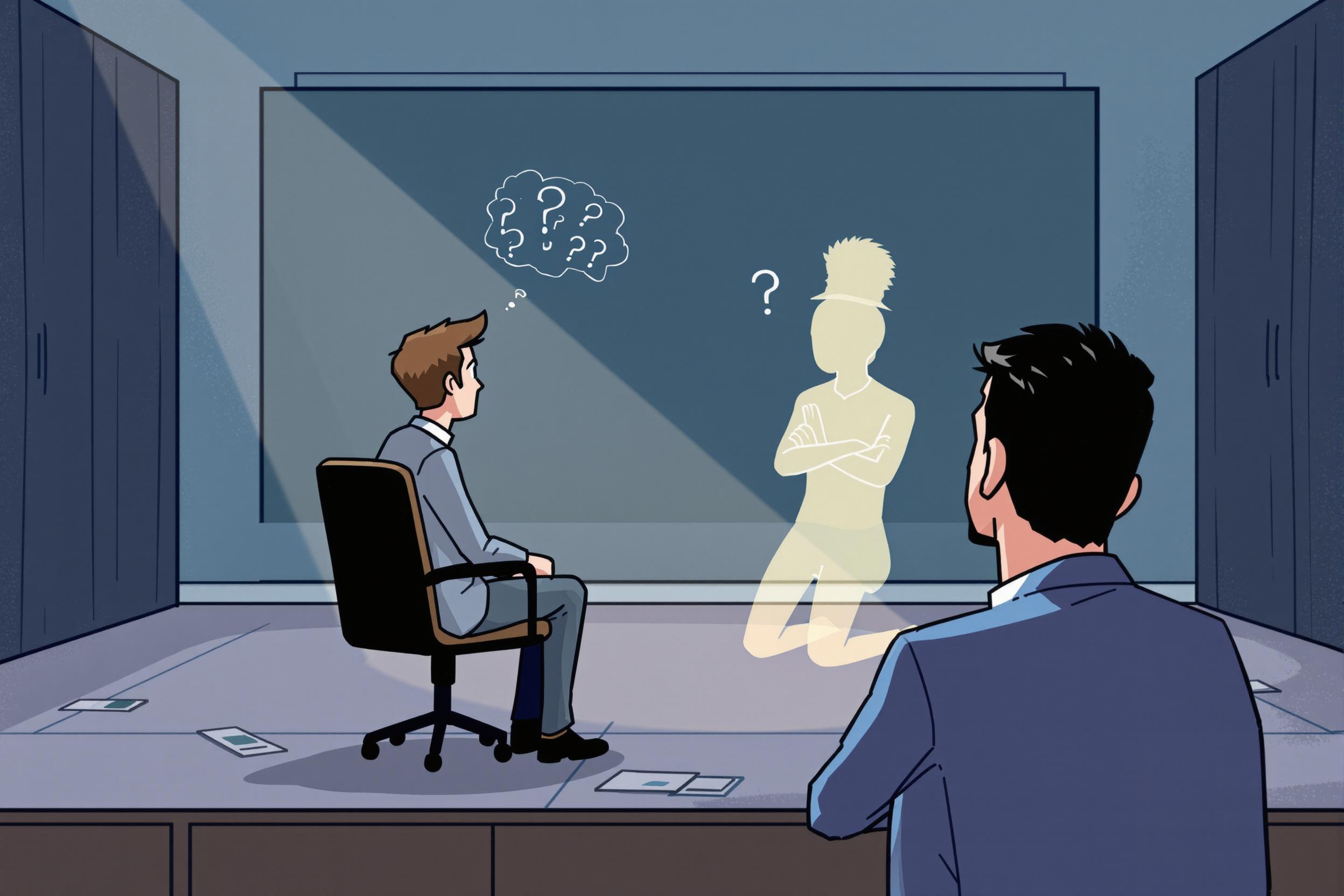
Sky Drop
Sky Drop is a common term in theater and scenic painting that refers to a large painted backdrop designed to represent the sky or horizon in stage productions. It's typically a plain or painted cloth that hangs at the back of a stage set. Scenic artists work with sky drops to create various atmospheric effects like day, night, sunset, or stormy conditions. Similar terms include cyclorama or "cyc," backdrop, or horizon drop. These all serve as the background element that helps create the illusion of depth and environment in theatrical productions, film sets, or television studios.
Examples in Resumes
Created and painted multiple Sky Drop designs for regional theater productions
Led team of artists in restoring a 40-foot Sky Drop for historic theater renovation
Specialized in atmospheric effects on Sky Drops and Horizon Drops for outdoor amphitheater shows
Typical job title: "Scenic Artists"
Also try searching for:
Where to Find Scenic Artists
Professional Organizations
Online Communities
Job Resources
Example Interview Questions
Senior Level Questions
Q: How would you manage a large-scale sky drop project with a tight deadline?
Expected Answer: A senior scenic artist should discuss project planning, team coordination, painting techniques for large surfaces, and time management strategies while maintaining quality standards.
Q: What considerations do you take into account when creating a sky drop that will be lit with different lighting conditions?
Expected Answer: Should explain paint selection, color theory, how different paint types react under stage lighting, and techniques for creating depth and dimension that work under various lighting conditions.
Mid Level Questions
Q: What materials and techniques do you use to create different sky effects?
Expected Answer: Should be able to describe various painting materials, application methods, and techniques for creating different times of day and weather conditions on sky drops.
Q: How do you ensure consistency when working on large-scale drops?
Expected Answer: Should discuss measuring and scaling techniques, color matching methods, and approaches to maintaining uniform appearance across large surfaces.
Junior Level Questions
Q: What basic materials are needed to paint a sky drop?
Expected Answer: Should be able to list essential materials like paint types, brushes, rollers, and basic tools needed for sky drop painting.
Q: How do you prepare a drop surface before painting?
Expected Answer: Should explain basic surface preparation steps, including cleaning, sizing, and base coating procedures.
Experience Level Indicators
Junior (0-2 years)
- Basic painting techniques
- Color mixing
- Surface preparation
- Following design plans
Mid (2-5 years)
- Advanced painting techniques
- Project coordination
- Material selection
- Problem-solving skills
Senior (5+ years)
- Project management
- Team leadership
- Complex design execution
- Budget management
Red Flags to Watch For
- No understanding of basic color theory
- Lack of experience with large-scale painting
- No knowledge of theater terminology
- Unable to work on elevated platforms or lifts
- No experience with different paint types and applications
Related Terms
Need more hiring wisdom? Check these out...

Ghosted Again? How to Stop Candidates from Disappearing and Start Engaging Them Better

Beyond Spreadsheets: Why Executive Dashboards in ATS Systems Are Your Secret Hiring Weapon

Workforce Solutions Aggregators: The Next Big Thing You Didn't Know You Needed

